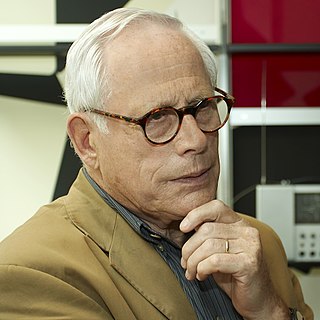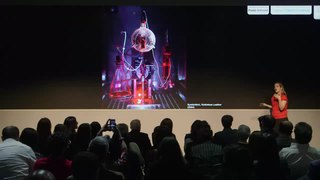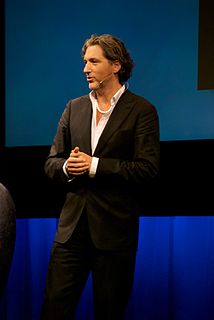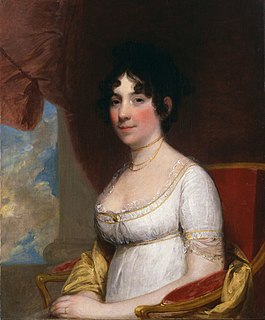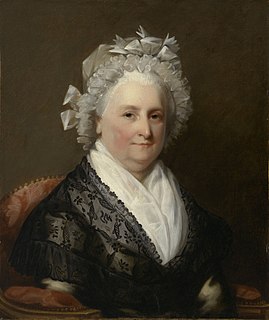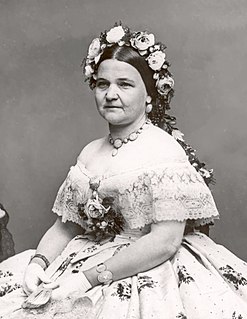A Quote by Michelle Obama
What I love about design is the artistic and scientific complexity that also becomes useful . . . Great designers also pursue a mission. Great designers design with mankind in mind . . . The crossroads of science and art, innovation and inspiration are what I love about design.
Related Quotes
If there is a well thought-out design standard, it should be followed. In practice, great design comes from great designers. That is empirically the case. If a great designer did a first-rate standard, that model should be followed. Great design is not democratic; it comes from great designers. If the standard is lousy, then develop another standard.
Good design is innovative
2. Good design makes a product useful
3. Good design is aesthetic
4. Good design makes a product understandable
5. Good design is unobtrusive
6. Good design is honest
7. Good design is long-lasting
8. Good design is thorough, down to the last detail
9. Good design is environmentally friendly
10. Good design is as little design as possible
I'm so immersed in my little world that I don't often sit back and pay attention to what's going on around me. It truly stuns me when people recognize me. Obviously, I'm not a film star, but even at a design exhibition or art exhibition, if someone comes up to me, I'm sort of taken aback. I don't think of myself like that. But if I can have an effect on young designers, that's great - particularly young designers coming from Australia. Europeans grew up with design. The rest of us lived on tidbits of information.
The future is created at the intersection of business, technology, design, and culture. *In the Bubble* is an insightful and delightful explanation of this nexus and of how each force affects the others. Designers often miss a great deal in their educations about the real people who will use and inhabit their work. Thackara astutely illuminates a lot of what designers don't know they're missing.
The tragedy of feminine design is that it receives so little official support. Most of the world's design schools, having been organized by men, encourage a masculine approach, even when they are run by women. Yet many designers who are male in the biological sense have a feminine approach to design.
In an ideal world, social responsibility would be a prerequisite for design, and designers would vow to produce beautiful, useful, positive, responsible, functional, and economical things and concepts that are meaningful additions to—or sometimes subtractions from—the world we live in. Indeed, design deserves such thoughtful consideration.



